
15 minute read
Special report: DairyNZ Farmers Forum
by AgriHQ
Race without an end
By Gerald Piddock
Kiwi dairy producers are the world’s most efficient when it comes to greenhouse gas emission, but Climate Change Ambassadors say we can do better.
New Zealand dairy farmers cannot afford to rest on their laurels when it comes to improving emissions efficiencies.
Instead, they had to keep going and keep improving, Climate Change
Ambassadors George Moss and Phil
Everest said at the DairyNZ Farmers’
Forum.
The two farmers took the stage in
Hamilton to discuss the industry’s greenhouse gas (GHG) reduction journey.
Everest says while it is great that NZ dairy producers are the world’s most efficient from a GHG perspective, farmers can always do better.
“We’re at the top of the heap but the only way we’re going to maintain our competitive advantage is to stay there and we have to work hard to do that,”
Everest says.
Moss agreed, saying “this is a race without an end”.
George and wife Sharon have two small dairy farms, each milking 175 cows along with a 40ha support block. He says it is run close to a System 2, with the aim of dropping it to a System 1.
While Everest farms in Mid Canterbury, milking 750 cows, producing around 15 tonnes of greenhouse gas a hectare and 9kg of GHG per milksolid produced. The farm is an A2 milk supplier.
Moss says the marketplace would be more powerful than any government legislation around environmental mitigation.
Climate change could potentially become a non-tariff trade barrier with countries NZ does not have trade agreements with.
“The other part is that as an industry, we’re targeting top-end consumers and they want to be able to eat our products guilt free, so we have to be seen both at the consumer level and at the international level as doing the right thing,” he says.
It was a view endorsed by Everest.
He believes small steps to reaching climate targets are the key, as it shows the country was making progress and kept trade options open.
Everest says long-term research into climate mitigation was critical to help farmers reduce their emissions and hit targets outlined in the Climate Change Commission’s report.
This would help the industry develop the tools it needed to meet those targets.
He also saw potential opportunities to hit those targets if there was a change in rules around allowing GE grasses.
Moss supported the work of the
Tokoroa dairy farmer George Moss supports the work of the Climate Change Commission and says there are a lot more business constraints on farmers than there were in the past.

Mid Canterbury farmer Phil Everest says farmers still need to work hard to maintain New Zealand’s competitive edge in greenhouse gas emissions.
commission and says there are a lot more business constraints on farmers than there were in the past.
The commission made the assumption that the industry can maintain dairy production while reducing emissions.
Achieving a reduction is not hard, but the difficulty will be in maintaining NZ’s low GHG density per product, while maintaining the amount of dairy products being exported.
“To New Zealand Inc – not dairy farmers – it’s the amount of product going offshore that drives the wealth of this nation,” he says.
For Moss, the challenge was not the GHG reduction, but the downstream impacts it would have on the staff they employ and the reduction of milk being processed and exported.
“That’s where I see the real risk factors, rather than the absolute reduction that could come possibly later,” he says.
Everest acknowledged that the rapidly changing landscape was also taking an emotional toll.
“From my point of view, it’s how many times can you get hit with a sledgehammer and still want to get up. That’s pretty much how I feel and how we feel at home at the moment,” Phil says.
That said, it was critical to have a plan in times of adversity.
“If you have no plan, you’re in a deep hole. As soon as you have got a plan, you feel like you have got a future, you feel like you want to get out of bed and that you’re doing something,” he says.
George agreed because the human condition did not handle uncertainty well, saying “the more certainty you can put into your life, the easier it will be to handle”.
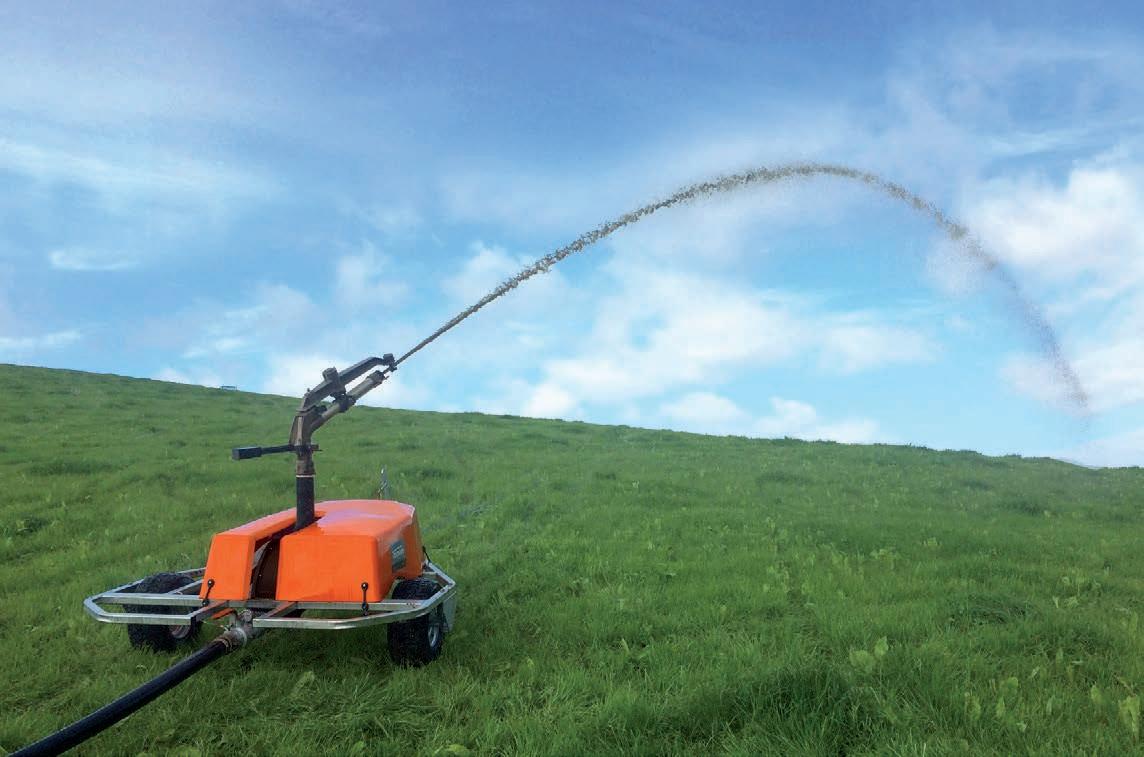
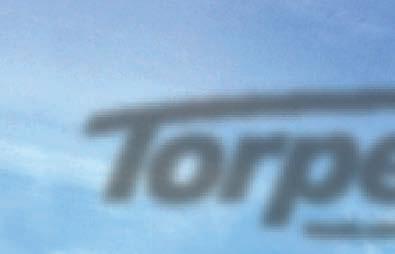

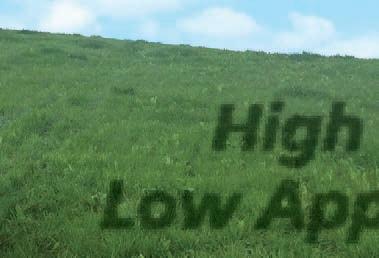
SPECIAL REPORT A work in progress
By Gerald Piddock
A National MP who had it all, including a top job in politics, shares his story about how success came at a huge price.
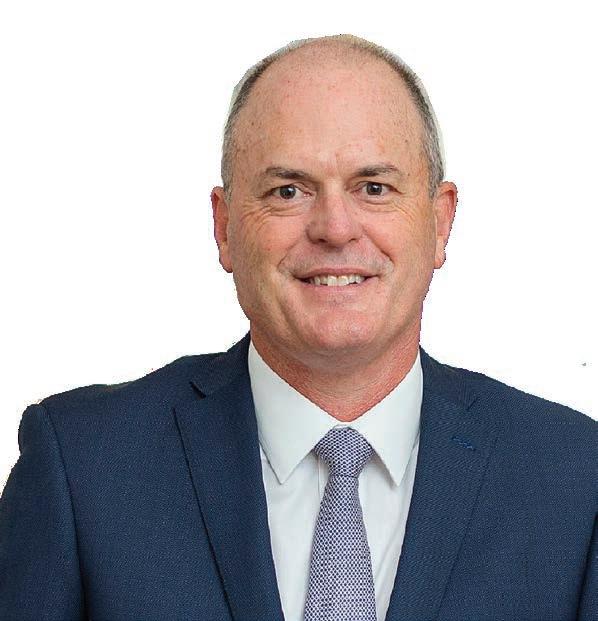
Todd Muller had everything he had ever wanted.
The Bay of Plenty National Party MP had a loving family and in May last year had become Leader of the Opposition, the second most powerful position in New Zealand politics after the Prime Minister.
Yet in private and away from the political spotlight, Muller says he felt desperately alone as he struggled through a mental health crisis.
He candidly shared what happened to him during his 53 days as Opposition Leader at the DairyNZ Farmers’ Forum in Hamilton, in the hope that it will encourage others to have those hard conversations around mental health.
For an often-criticised sector that played a pivotal role in the country’s economic recovery following the covid lockdown, there needed to be a greater commitment to support people having mental health issues.
Muller says this is why he wanted to talk about mental health to farmers.
“If there is anything that I can do in terms of sharing my journey that can assist in a small way for this sector to feel comfortable having these hard conversations with each other and next door neighbours, then it’s worth doing,” he said at the forum.
For Muller, it started with a panic attack in his first week as Opposition Leader that hit him like a wave of anxiety.
When he got home, he cried and hugged his wife Michelle. Then it happened again a few days later, accompanied by reflective thoughts that had transformed into amplified voices.
These voices were critical, shrill, sharp and angry and were constantly in his head, he says.
“There was a group of them saying, ‘grip yourself up, mate – you have spent your whole life for this moment and you are losing it’, and the other part was a great fear of failure and it was just a cacophony of noise,” he recalls.
This all triggered within him a deep, dry-retching anxiety.
“The only person I showed that vulnerability to was my wife,” he says.
Muller says Michelle deserved huge acknowledgement for the support she provided.
“The people who are your partners when you’re going through something like this do not get enough of the national conversation when we reflect on mental health because our dream was a shared dream and she could see me slipping, and she didn’t know what to do to stop it,” he says.
“She spent 53 days putting emotional scaffolding up around me every day, desperately trying to stop me sliding down the hill.
“Looking back on it, the stress that I put on her and what she experienced as a person not suffering from mental health but trying to make sense of it and work out how best to support the person she loved, was a big stress on her and our family.”
Muller says there needed to be more recognition of the effect that a mental breakdown has on a person’s partner.
“My message in that context is the importance of having somebody outside your wife, partner or husband to have that conversation with. They are a critical part of that conversation,” he says.
More also needed to be done particularly around the language and tools needed when engaging with people struggling with their mental health.
He believed a better approach was focusing on the resources required to give people the tools to manage where they found themselves.
Asking “how are you?” might seem trite, but he believes saying it with empathy was a way he believed could reach people struggling with their mental health.
“Let this lead the engagement and people will open up,” he says.
He says the media’s “possum in the headlights” description of him as Opposition Leader was fair.
“I was completely paralysed and internally, in the office when the doors were closed, I would be having these constant attacks,” he recalls.
By the end, he says he had nothing left. Looking back, he is eternally grateful that his wife rang a close friend who was a clinical psychologist who stepped in to help him.
That friend, along with Michelle, gave him permission to walk away.
Until that point Muller believed that if he walked away, everything would be lost – his reputation and his ability to be an MP.
“It was everything that I had worked for and it was an admission that it was too much and I needed to step away,” he says.
Former National Party leader Todd Muller found himself in crises after landing the top job and is opening up about his experience to help others.
Keys to dairy innovation
By Gerald Piddock
While the world has been in the grip of covid, there are some positives to come out of the pandemic, which may benefit the dairy industry.
Covid-19 might have turned the world’s economy on its head, but nanotechnologist Michelle Dickinson believes the job displacement it caused could have one positive effect for the dairy industry.
It will expose farmers to strangers from diverse backgrounds, leading to better insights and potential breakthroughs in new ideas, Dickinson said at the DairyNZ Farmers Forum in Hamilton.
New, innovative ideas often came from chance meetings with strangers. Covid had given dairy farmers an opportunity to surround itself with and get insights from strangers who could be really useful for the industry.
Dickinson says a great example of this was Engender Technologies, which has developed a technology to sort out different sexes in bull semen.
The company’s lead inventor Dr Cather Simpson had a chance meeting with a member of the dairy industry, who was telling her about the challenge the industry had around mating cows to produce heifer calves.
“The whole company came out of that. These chance meetings are where innovation comes from,” she says.
Innovation also came from curiosity and one of the challenges society faced was that curiosity was forced out of people as they grew older.
“If we’re not asking questions, then we’re not pushing boundaries,” she says.
There are people who are now looking at the dairy industry and asking themselves if it can be done differently.
“Whether or not we believe that labgrown dairy is going to be the next thing, we definitely know that technology is getting much better,” she says.
One company, California-based food technology start-up Perfect Day just raised $193 million.
“And they still can’t make anything. There’s a whole bunch of money going into this industry,” she says.
“If you have an idea, there are people who have money who will invest it in you to try some stuff.
Dickinson says technology was also moving incredibly fast.
“We know that tech is moving fast and we can put our head in the sand with how fast it’s moving.
“My question is how fast is the dairy industry moving compared to technology?” she asked.
NZ was also lagging when it came to licencing its ideas and IP.
“I don’t think we’re very good at taking what we already know and selling it to the rest of the world, so they can bring their carbon down.” n
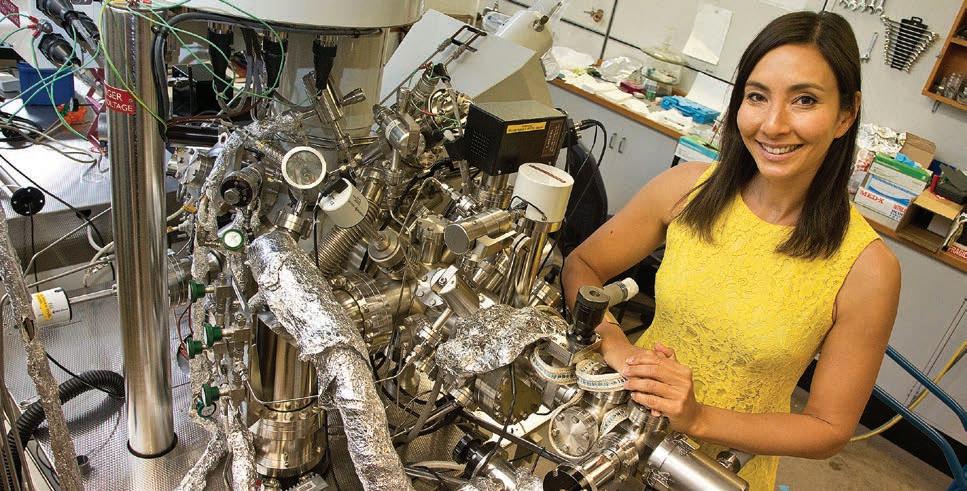
Nanotechnologist Michelle Dickinson says covid has given dairy farmers an opportunity to surround itself with and get insights from strangers who could be really useful for the industry.
Going public with his mental health struggles was a shared decision with his wife, done in part to end the speculation after he resigned as National Leader.
While the pain stopped after walking away, he knew the absence of pain was not the same as being healthy. After a few weeks of rest, he slowly returned to work and found those internal voices had changed and now wanted to look back at what went wrong.
“To an extent, I still live that today,” he says.
He took advice from Sir John Kirwan who told him to find a handful of things each day that reminded him of the pleasure of being alive and took up yoga and walking.
He says it forced him to be more honest with himself than he had ever been and acknowledge that it took time to recover.
“Wellness for me is still a work in progress,” he says. n
MORE:
Suffering from depression or stress, or know someone who is? Where to get help: RURAL SUPPORT TRUST: 0800 RURAL HELP DEPRESSION HELPLINE: 0800 111 757 LIFELINE: 0800 543 354 NEED TO TALK? Call or text 1737 SAMARITANS: 0800 726 666 YOUTHLINE: 0800 376 633 or text 234
Dairy has public support
By Gerald Piddock
The dairy industry is mostly looked upon favourably and the small number of those opposed to it, know very little about the industry.
New DairyNZ research shows the industry’s biggest detractors only make up a small percentage of the New
Zealand public, despite their high profile.
Only 12% of the 1002 people in the survey were categorised as environmental and animal rights
‘prioritisers’.
“Yes, they’re noisy, but they’re only 12%,” DairyNZ general manager of communications Amanda Woodbridge said when presenting the data in a workshop at the DairyNZ Farmers’ Forum in Hamilton.
The survey had representation among age, gender and region, to ensure the sample was a representation of the national population.
“The most interesting bit about this group is that they are extremely familiar with dairy, just not in the way we would like them to be,” Woodbridge says.
The challenge with this group is their noise and the industry had to make sure it did not influence others.
Those others included the 45% of
‘unfamiliar trustfuls’. These people are 1834, are likely to have young children and a high proportion have little knowledge of the dairy industry.
“The good news is in terms of what their attitudes are. They do think our sector is environmentally responsible and they do believe that dairy farmers are committed to improving our waterways,” she says.
This group, however, did have concerns about animal welfare issues in the industry.
The survey also included 21% of
‘social responsibles’. This group had positive opinions of the dairy sector, are employed and a high proportion are migrants.
While the group valued dairy, it did have questions over its greenhouse gases. Woodbridge says it was these two groups the industry had to try to win over.
The remaining 22% had a highly positive attitude towards the dairy industry.
It showed that contrary to popular perceptions, the majority of NZ do not have negative perceptions of the dairy industry.
“The public, overall, quite like us.”
Woodbridge says DairyNZ had made public perception a key factor in the organisation’s new strategy.
“Social licence – the right to continue farming is absolutely essential. You can’t farm if the public doesn’t support us,” she says.
Reducing the industry’s environmental footprint was required not just for social licence purposes, but also if it is to grow its market share among its overseas customers.
Speaking in the same workshop, Fonterra senior manager – sustainability and solutions Lara Phillips says sustainable dairying represented a huge opportunity for the industry.
Sustainability was now an expectation for many of Fonterra’s customers, with 50% of its top 10 ingredients and foodservice customers saying it is critical for them.
Phillips says if Fonterra can demonstrate to its customers that it can help meet its sustainability commitment, then it can grow its market share.
Recent research showed that consumers connected claims around sustainability with beliefs that the product is healthier and safer for them and is of a higher quality.
“When you talk about sustainability it helps the customer believe that it’s a better product,” Phillips says.
This was starting to be seen among Chinese consumers, where there was very strong interest in NZ’s grass-fed milk.
“If you think about infant formula, if the consumer can see that the cow is well-cared for, they believe that the product is healthier for them and their children.”
Nestle has committed to net zero emissions by 2050 and that commitment includes its supply chain, which the NZ dairy industry is a part of. Recently it spent $60 million exploring carbon neutral milk opportunities in China.
Phillips says the majority of Nestle’s carbon footprint was in its ingredients and it was very interested in what the NZ dairy industry was doing around climate change.
“We’re sitting in a great position and they absolutely acknowledge that we have one of the lowest footprints in the world,” she says.
However, there was an expectation that NZ will continue to reduce that footprint in support of Nestle’s commitment. n
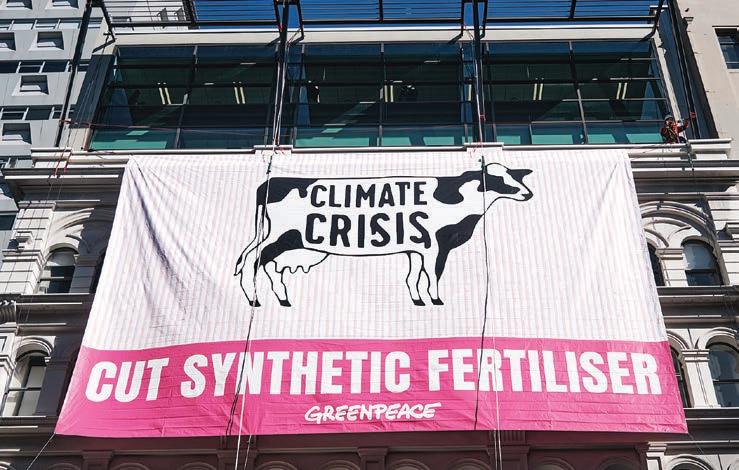
A new survey from DairyNZ has revealed the dairy industry’s biggest critics make up about 12% of New Zealand’s population.









